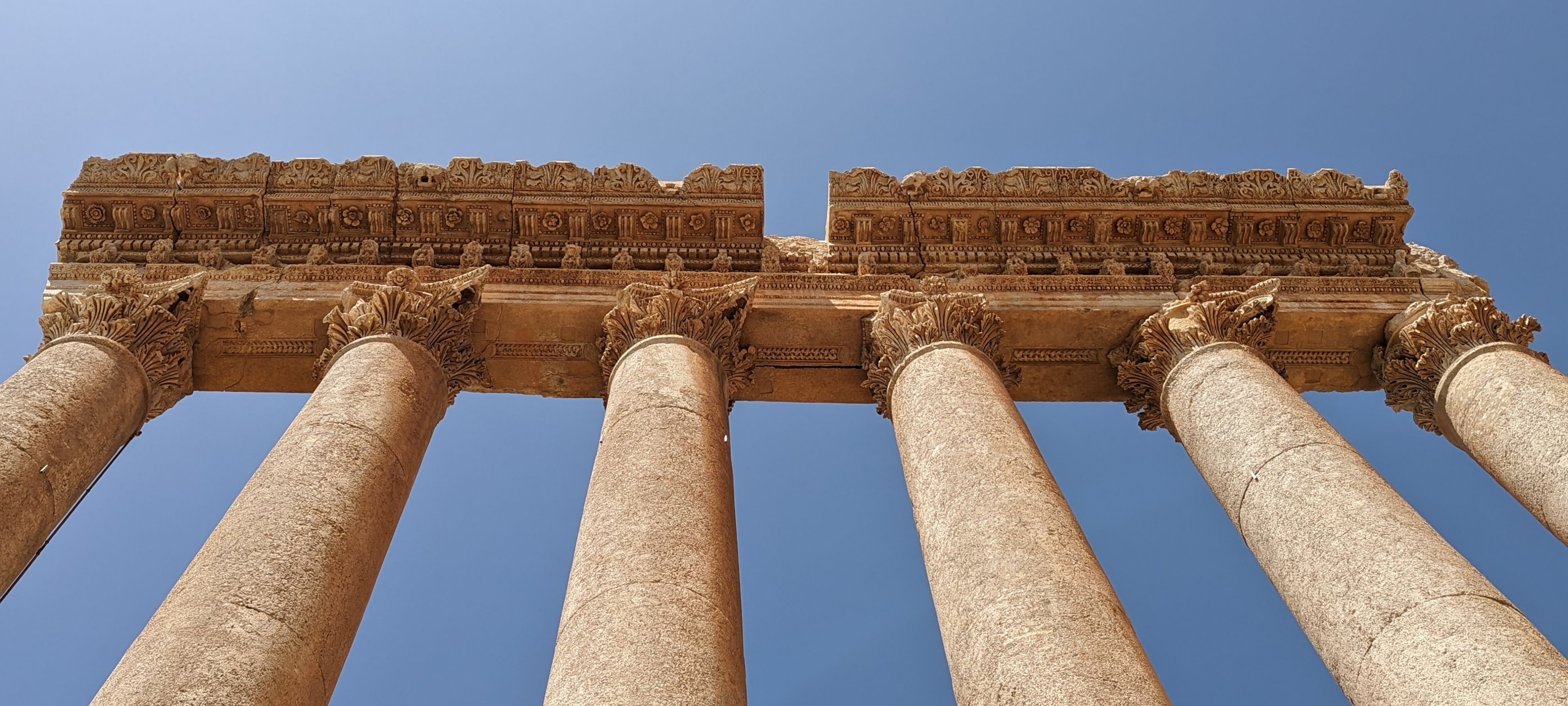Lebanon
Roman Temples, Sacred Cedars & Mediterranean Soul

Discover
Lebanon
Lebanon’s landscapes pack epic diversity into a postcard‑sized nation. Snow‑capped mountains plunge into fertile valleys and palm‑lined coasts, and ancient ruins stand alongside buzzing bars and galleries. Travellers can sample world‑class wines in the Bekaa Valley, wander Roman temples at Baalbek, trek through the Qadisha valley and its cedar forests and lose themselves in the narrow streets of Beirut, Byblos and Tyre.
Adventure Highlights:
- Dress modestly when visiting churches, mosques and monasteries; carry a scarf to cover shoulders and knees.
- Take only photos and leave only footprints; do not carve your name on temple stones or pick cedar cones.
- Stay on marked trails in the Qadisha valley to prevent erosion and respect the fragile mountain environment.
- Support local businesses by dining in family‑run restaurants and buying handicrafts from artisans.
- Be mindful of social sensitivities; Lebanon is diverse, so ask before discussing politics or religion.
Cultural Encounters:
- Visit historic neighborhoods like Al Fahidi in Dubai and Al Ain’s oases, where mudbrick forts, museums, and restored homes reflect Emirati heritage.
- Explore UNESCO-listed sites such as Al Ain’s cultural landscape, including the ancient aflaj irrigation systems and Bronze Age tombs.
- Discover Emirati traditions of hospitality over gahwa (Arabic coffee), dates, and storytelling in cultural centers and local homes.
Local Life & Flavors:
- Savor dishes like machboos, harees, grilled meats, and luqaimat (sweet dumplings) in traditional restaurants or local souks.
- Stay in heritage guesthouses, eco-lodges, or desert camps that showcase sustainable practices and traditional design.
- Browse local fish markets, spice souks, and camel markets, witnessing everyday life and trade rhythms in towns like Ajman and Al Ain.
Explore
Lebanon
Baalbek: Lebanon’s Monumental Roman Legacy
Baalbek’s colossal temples rank among the most spectacular archaeological sites in the Near East. The Temple of Jupiter was ringed by 20‑m‑high columns and its terraces were built from stones weighing over 800 tonnes, while the adjacent Temple of Bacchus is richly decorated with Bacchic figures and a monumental gate. Nearby are the Temple of Venus, an Odeon, and the remaining stairway of the Temple of Mercury.
Qadisha Valley & Cedars of God: Sacred Nature and Heritage
This dramatic gorge on the northern flank of Mount al‑Makmel is one of the most important early Christian monastic settlements. Stone‑carved monasteries and hermit caves line its cliffs while the Holy River Qadisha flows below. Just above, between 1 900 and 2 050 m, the Forest of the Cedars of God preserves some of Lebanon’s last Cedrus libani trees, prized since antiquity for building temples and mentioned in the Bible.
Beirut & Byblos: Culture, Cuisine, and Coastal History
Beirut is a kaleidoscope of cultures where art galleries, Ottoman mansions and French‑era boulevards sit alongside lively cafes and nightlife. Wander the National Museum and take a sunset stroll along the Corniche before tasting mezze in trendy Mar Mikhael. An hour north, Byblos (Jbeil) is one of the world’s oldest continuously inhabited cities, where Phoenician temples, a Crusader castle and a picturesque harbour reveal layers of history and Mediterranean charm.
Read About
Lebanon
Discover the wonders of this beautiful country







